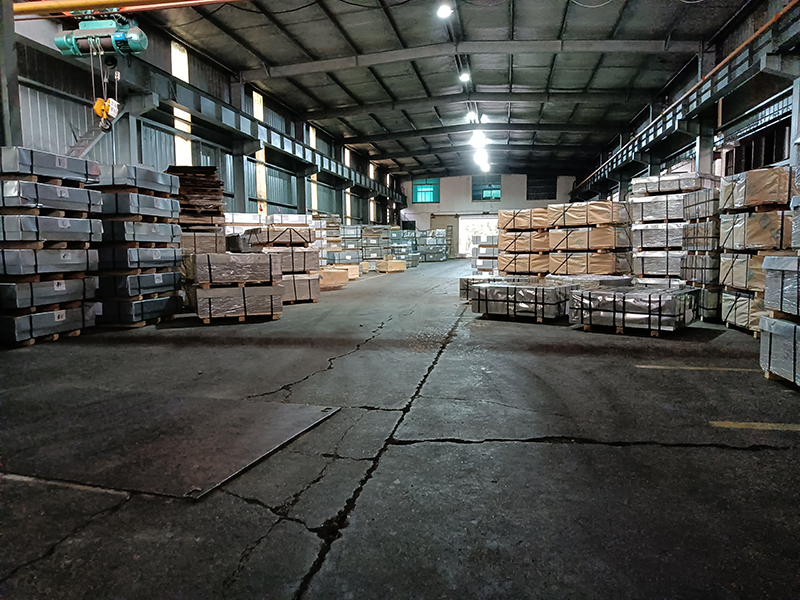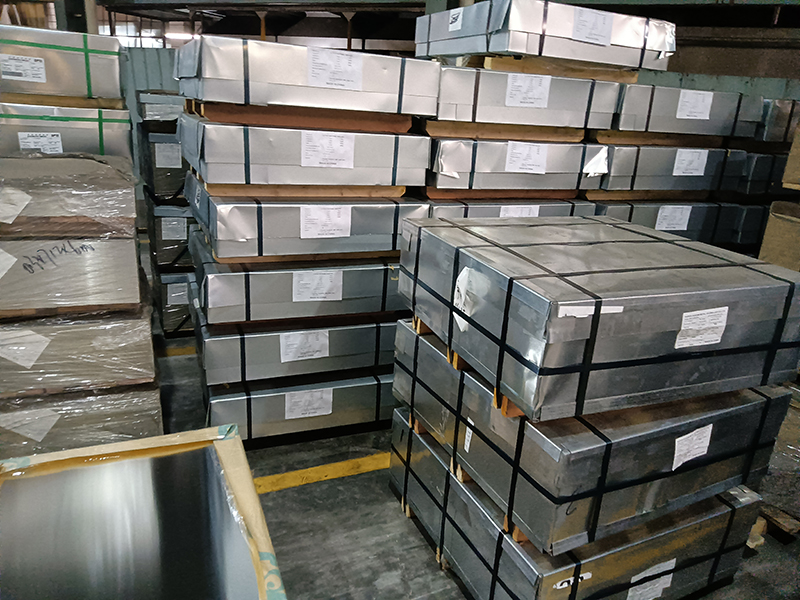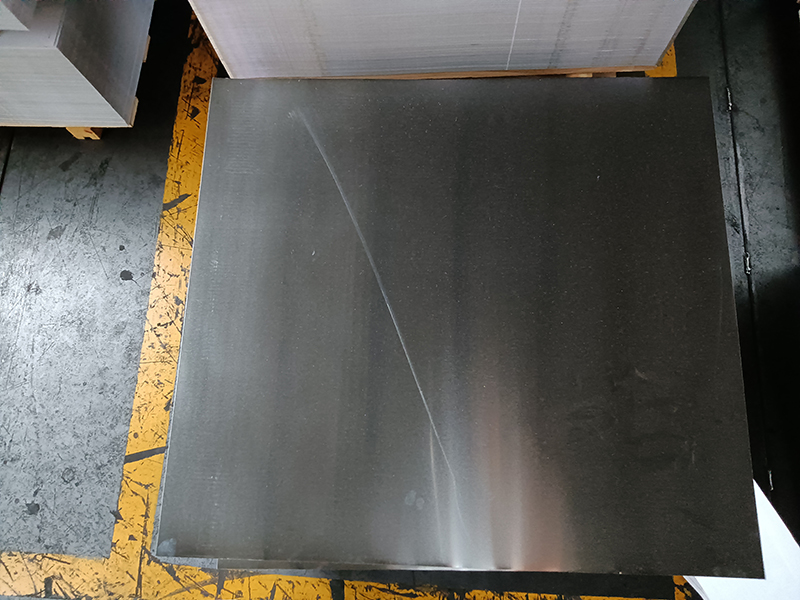1、 Use of tinplate
Tinplate (commonly known as tinplate) refers to a steel plate with a thin layer of metal tin plated on its surface. Tinplate is a steel plate made of low carbon steel rolled into a thickness of about 2 mm, which is processed by acid pickling, cold rolling, electrolytic cleaning, annealing, leveling, trimming, and then cleaned, plated, soft melted, passivated, and oiled, and then cut into a finished tinplate. The tinplate used for tinplate is high purity tin (Sn>99.8%). The tin layer can also be coated by the hot dip method. The tin layer obtained by this method is thicker and requires a large amount of tin, and purification treatment is not required after tin plating.
The tinplate consists of five parts, which are steel substrate, tin iron alloy layer, tin layer, oxide film, and oil film from the inside out.
 2、 Performance characteristics of tinplate
2、 Performance characteristics of tinplate
Tinplate has good corrosion resistance, certain strength and hardness, good formability, and is easy to weld. The tin layer is non-toxic and odorless, which can prevent iron from dissolving into the packaging, and has a bright surface. Printing pictures can beautify the product. It is mainly used in the food canned industry, followed by packaging materials such as chemical paints, oils, and pharmaceuticals. Tinplate can be divided into hot-dip tinplate and electroplated tinplate according to production process. The statistical output of tinplate must be calculated based on the weight after plating.
There are many factors that affect the performance of tinplate, such as grain size, precipitates, solid solution elements, plate thickness, and so on. During the production process, the chemical composition of steelmaking, the heating and coiling temperatures of hot rolling, and the process conditions of continuous annealing all have an impact on the properties of tinplate.
Equal thickness tinplate:
Cold rolled galvanized tin plate with the same amount of tin plated on both sides.
Differential thickness tinplate:
Cold rolled galvanized tin plate with different tin plating amounts on both sides.
Primary tinplate
Electroplated tin plates that have undergone online inspection are suitable for conventional painting and printing on the entire steel plate surface under normal storage conditions, and must not have the following defects: ① pinholes that penetrate the thickness of the steel plate; ② The thickness exceeds the deviation specified in the standard; ③ Surface defects such as scars, pits, wrinkles, and rust that may affect the use; ④ Shape defects that affect use.
The surface quality of the tinplate is lower than that of the first grade tinplate, and it is allowed to have small and obvious surface defects or shape defects such as inclusions, wrinkles, scratches, oil stains, indentations, burrs, and burn points. This does not guarantee that the entire steel plate can undergo conventional painting and printing.
Post time: Mar-27-2023

